Sign in to iReport

This iReport is no longer available
Contact us via ireport@rhdhv.com if the iReport needs to stay active. After the archive date this iReport will be archived.
Archive date: 01/July/2025

Contact us via ireport@rhdhv.com if the iReport needs to stay active. After the archive date this iReport will be archived.
Archive date: 01/July/2025